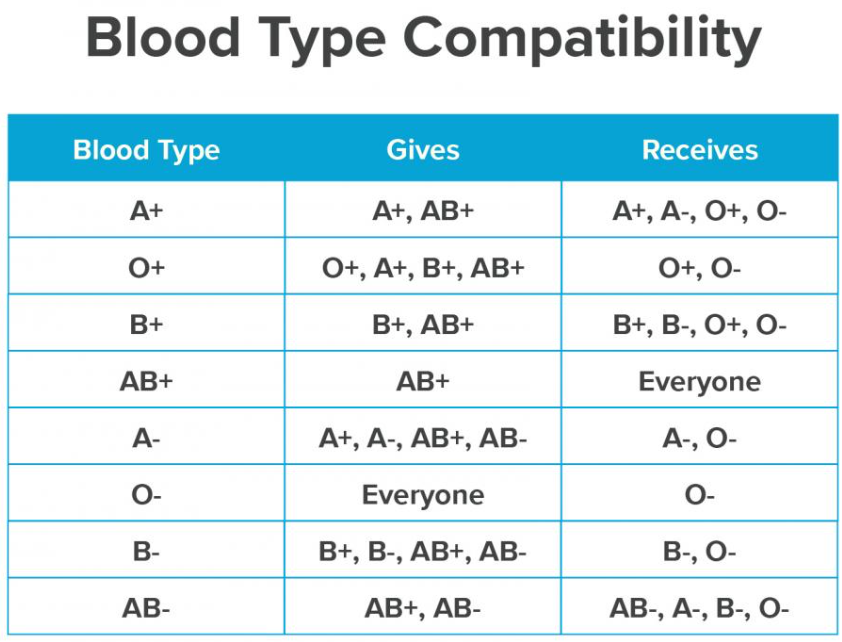Bombay Blood Group | 12 Feb 2025
Why in News?
A woman with the rare ‘Bombay’ (hh) blood group underwent a successful kidney transplant in India.
What is Bombay Blood Group?
- About: It was identified in Mumbai in 1952, and also called the hh blood group due to the absence of the H antigen.
- Antigens are proteins or carbohydrates on blood cells (RBCs, WBCs and platelets) that determine blood type. E.g., AB blood group has both A and B antigens, A has A antigens, B has B antigens, and O has none.
- In the Bombay blood group, a mutated or absent H antigen gene prevents A, B, or O antigen formation.
- Rarity: It is exceptionally rare and found in approximately 1 in 10,000 Indians and 1 in a million people globally.
- Problems in Blood Transfusion: Individuals with hh blood groups can't receive any A, B, AB or O blood, including O-negative, as they contain the H antigen.
- The recipient’s immune system recognizes donor antigens as foreign (antibodies), and triggers a severe immune reaction.
- About Blood Group: Under the ABO blood group system, blood groups are classified into four common blood groups i.e. A, B, AB and O.
- It was first identified by Austrian immunologist Karl Landsteiner in 1901.
- Cross-blood Transplants: Cross-blood transplants (donors and recipients have different blood types) uses double filtration plasmapheresis (DFPP) process for blood transfusion.
- In DFPP, the antibodies are removed from the recipient's (patient's) blood, using special filters for safer transfusion (suppress immune response).
- If the recipient antibodies are not removed, they can cause hemolysis (destruction of donor RBCs) after transfusion.
UPSC Civil Services Examination, Previous Year Question (PYQ)
Prelims
Q. A married couple adopted a male child. A few years later, twin boys were born to them. The blood group of the couple is AB positive and O negative. The blood group of the three sons is A positive, B positive and O positive. The blood group of the adopted son is(2011)
(a) O positive
(b) A positive
(c) B positive
(d) Cannot be determined on the basis of the given data
Ans: (a)

